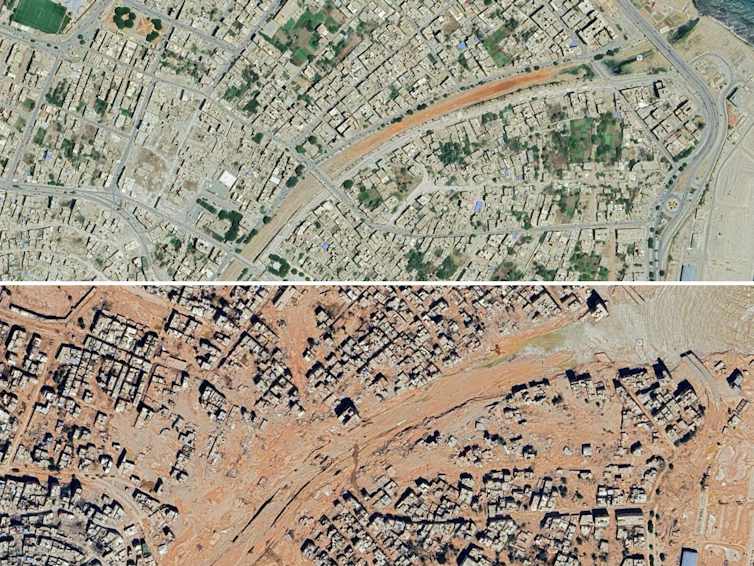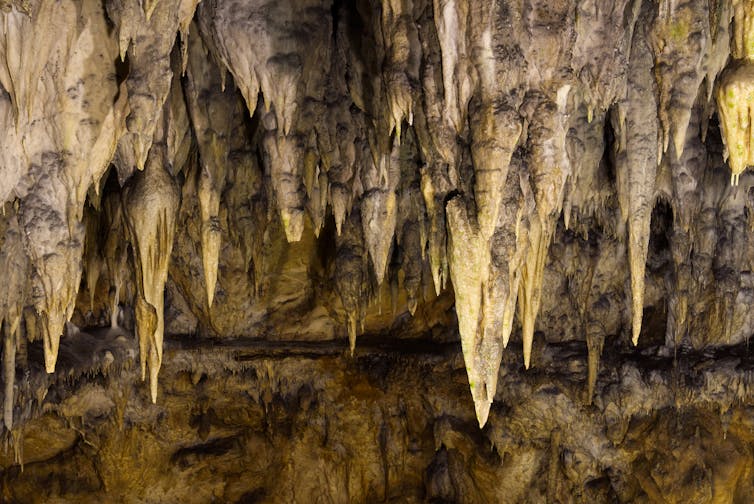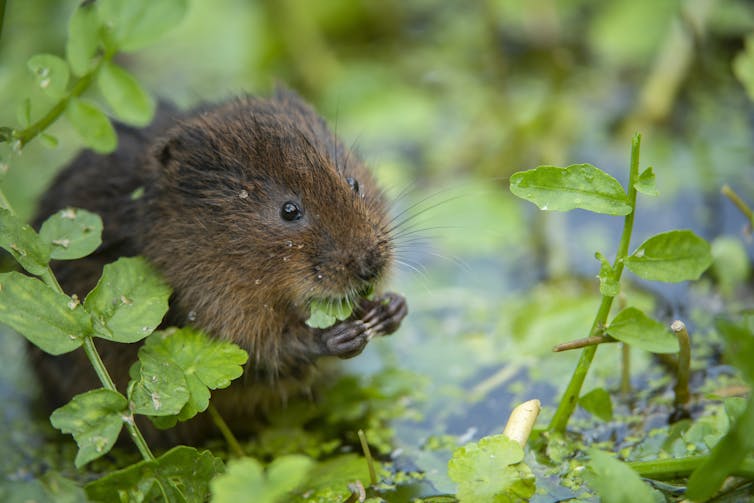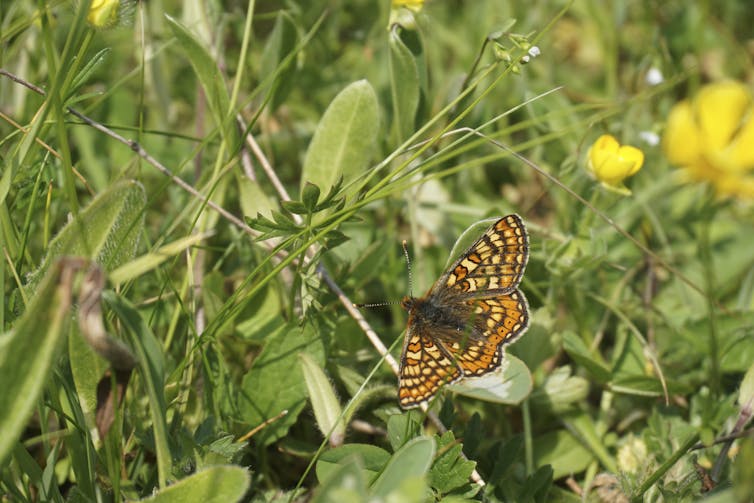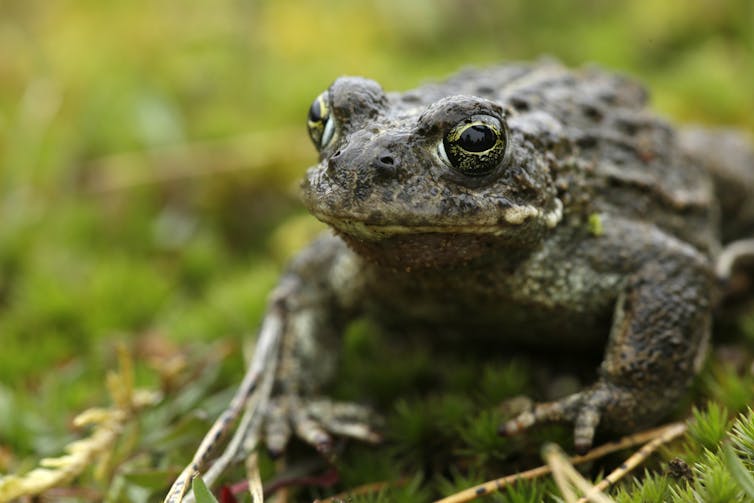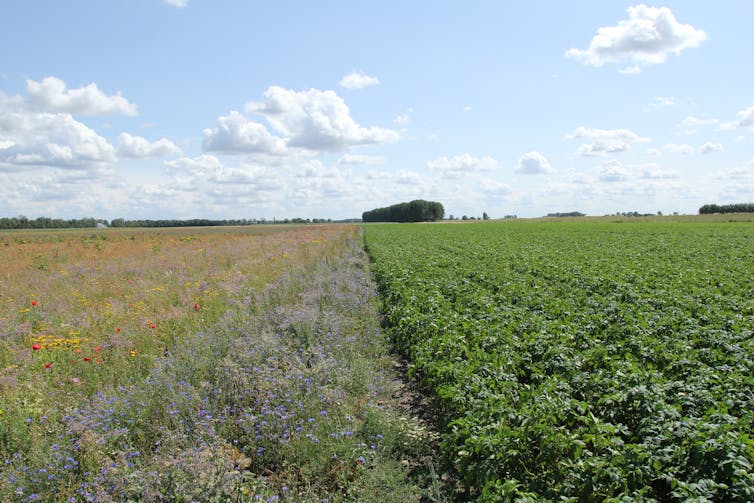Climate Emergency in Action: NYC ‘Essentially Shut Down’ by Flash Flooding

Original article by JULIA CONLEY republished from Common Dreams under Creative Commons (CC BY-NC-ND 3.0).
“One week ago, 75,000 people inundated New York City streets to demand the president end fossil fuels,” said one campaigner. “Now, climate-fueled rains are submerging those same streets.”
“This is the climate crisis,” said youth-led grassroots organization Sunrise Movement on Friday as photos and videos of flooded streets and subway stations in the largest city in the United States went viral across social media.
The group shared a video of cars struggling to drive through water that was up to pedestrians’ knees in Brooklyn, saying the image starkly illustrated the need to both prepare U.S. cities and infrastructure for fossil-fueled extreme weather events and to rapidly draw down planet-heating greenhouse gas emissions that have been linked to stronger hurricanes, rising sea levels, and other destructive changes.
“We need an all-out mobilization of our government and society to stop [the climate crisis] right now,” said the group.
New York Gov. Kathy Hochul called the rainstorm that caused the flash flooding a “life-threatening rainfall event” and noted that there have been reports of some school buildings flooding, prompting administrators to move children to higher floors or close the buildings.
“No children are in danger as far as we know,” said Hochul, adding that many New York City children use public transportation to get home from school. “We want to make sure we get the subways, the trains, our communication system, our transportation system working.”
According to Richard Davis, president of Local 100 of the Transport Workers Union, some bus passengers on Friday were forced to stand on their seats as drivers navigated through high flood waters that seeped into buses.
Maintenance workers were using pumps to remove water from subway stations, and the Metropolitan Transportation Authority announced “extremely limited subway service,” with many lines suspended or rerouted.
New York City Councilmember Chi Ossé criticized Mayor Eric Adams for failing to address the public until the crisis was well underway and said the flooding shows the city is “severely underprepared for the climate crisis.”
Earlier this month Adams announced a new initiative aimed at mobilizing business owners to comply with Local Law 97, which will take effect in 2024 and would reduce carbon emissions from buildings.
According toGothamist, “environmental experts say the new plan will weaken the law’s enforcement powers by giving qualified building owners an extra three years to meet carbon reduction deadlines.”
Jean Su, energy justice director at the Center for Biological Diversity, took aim at the offshore drilling plan proposed by President Joe Biden on Friday over the objections of scientists and climate advocates. The five-year plan includes three new offshore gas leases in the Gulf of Mexico despite Biden’s campaign promise to end offshore gas and oil drilling.
“We are in the climate emergency,” said Su. “Yet the president is continuing to drill for oil and gas. He has to stop to give us a chance at a livable planet.”
Earlier this month, noted Su, some of the same streets that were inundated with rainwater on Friday had been filled with tens of thousands of people demanding that Biden declare a climate emergency and take decisive action to speed the transition toward renewable energy.
“A week ago, we were hitting the streets of New York for Climate Week NYC,” said grassroots group Rising Tide North America. “We shut down Citibank’s headquarters and blockaded the New York Federal Reserve.”
“[The New York Police Department] arrested lots of our friends,” the group added. “Maybe they should have been arresting those bankers and bureaucrats who are responsible for this disaster.”
Original article by JULIA CONLEY republished from Common Dreams under Creative Commons (CC BY-NC-ND 3.0).
